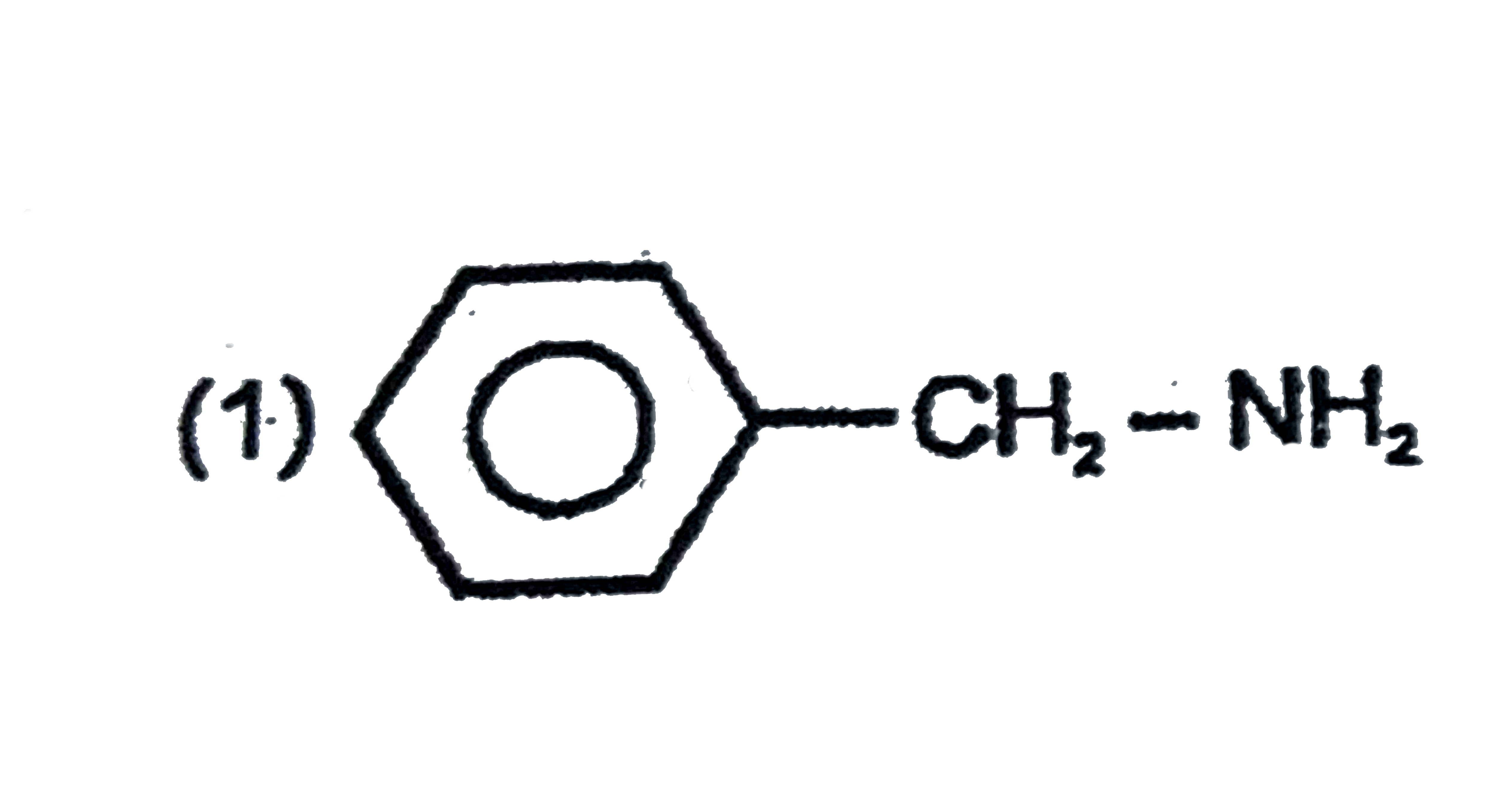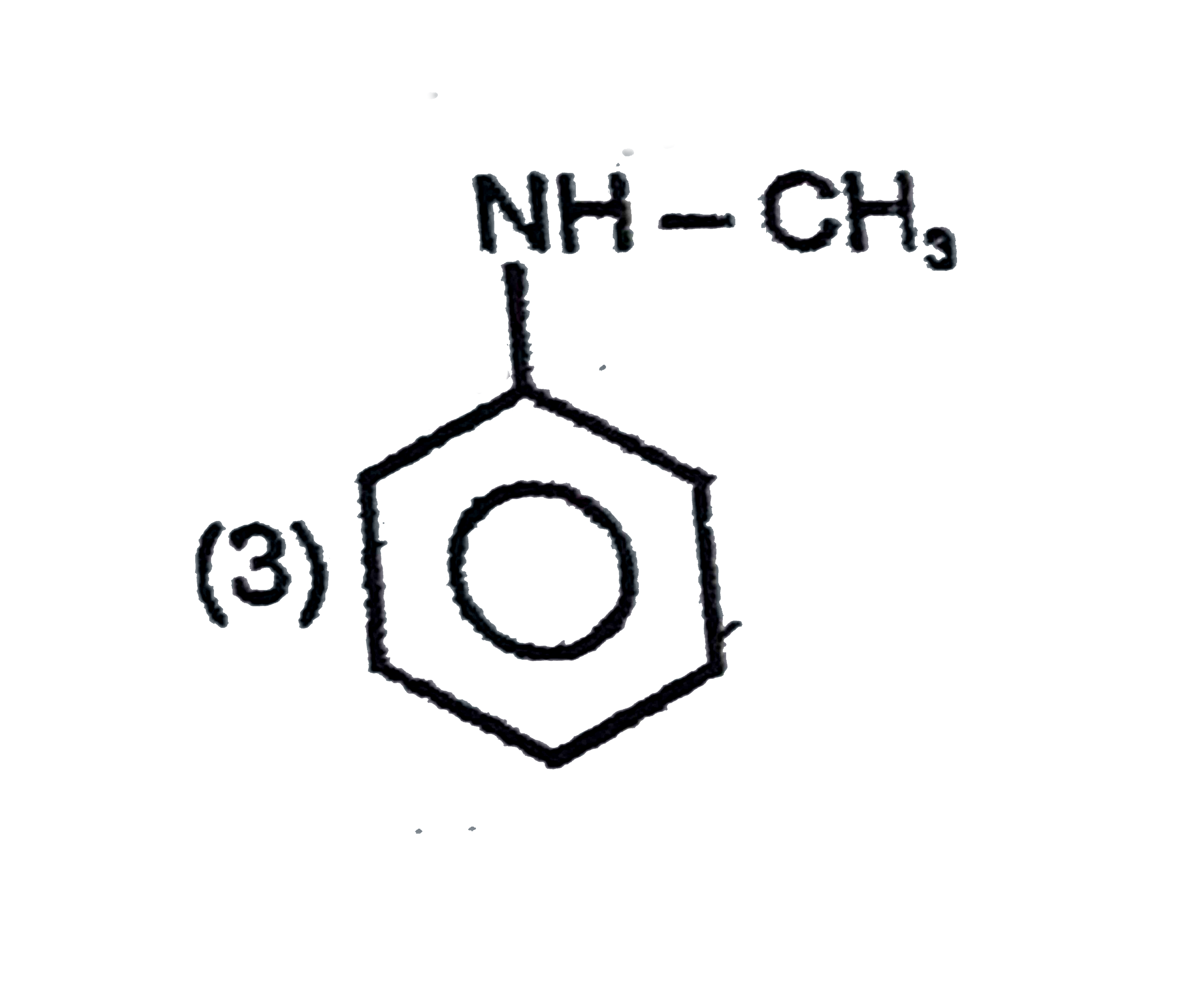(i) M.F. of compound `A(C_(4)H_(8))` corresponds to the general formula `C_(n)H_(2n)` where n=4, therefore, A is an alkene. Since ozonolysis of compound `A(C_(4)H_(8))` gives two moles of acetaldehyde, therefore, alkene (A) must be symmetrical, i.e., but-2-ene.
`underset("But-2-ene")(CH_(3)CH=CHCH_(3)) underset((ii)Zn//H_(2)O)overset((i)O_(3)//CH_(2)Cl_(2))to underset("Acetaldehyde (A)")(2CH_(3)CH=O)`
(ii) Since compounds (A), i.e., but-2-ene reacts with HCl to form compound (B), therefore, (B) must be 2-chlorobutane.
`underset("But-2-ene")(CH_(3)CH=CHCH_(3)) +HCl to underset("2-Chlorobutane (B)")(CH_(3)CH_(2)-CHCl-CH_(3))`
(iii) Since compound (B), i.e., 2-chlorobutane reacts with one mole of `NH_(3)` to give compound (C), therefore, compound (C) must be a `1^(@)` amine, i.e., butan-2-amine.
`underset("2-Chlorobutane (B) (Optically active)")(CH_(3)CH_(2)-underset(Cl)underset(|)overset(**)(C)H-CH_(3)) underset(-HCl)overset(NH_(3)" (1 mole)")to underset("Butan-2-amine (C)")(CH_(3)CH_(2)-underset(NH_(2))underset(|)overset(**)(C)H-CH_(3))`
(iv) Since compound (C) reacts with `NaNO_(2)//HCl`, to give an alcohol (D), therefore, compound (D) must be butan-2-ol. please note that 2-clorobutane (B), butan-2-amine (C) and butan-2-ol (D) contain a chiral carbon, therefore, all these compounds are optically active.
`underset("Butan-2-amine (C) (Optically active)")(CH_(3)CH_(2)-underset(NH_(2))underset(|)overset(**)(C)H-CH_(3)) overset (NaNO_(2)//HCl)to underset("Butan-2-ol (D) (Optically active)")(CH_(3)CH_(2)-underset(OH)underset(|)overset(**)(C)H-CH_(3))`


